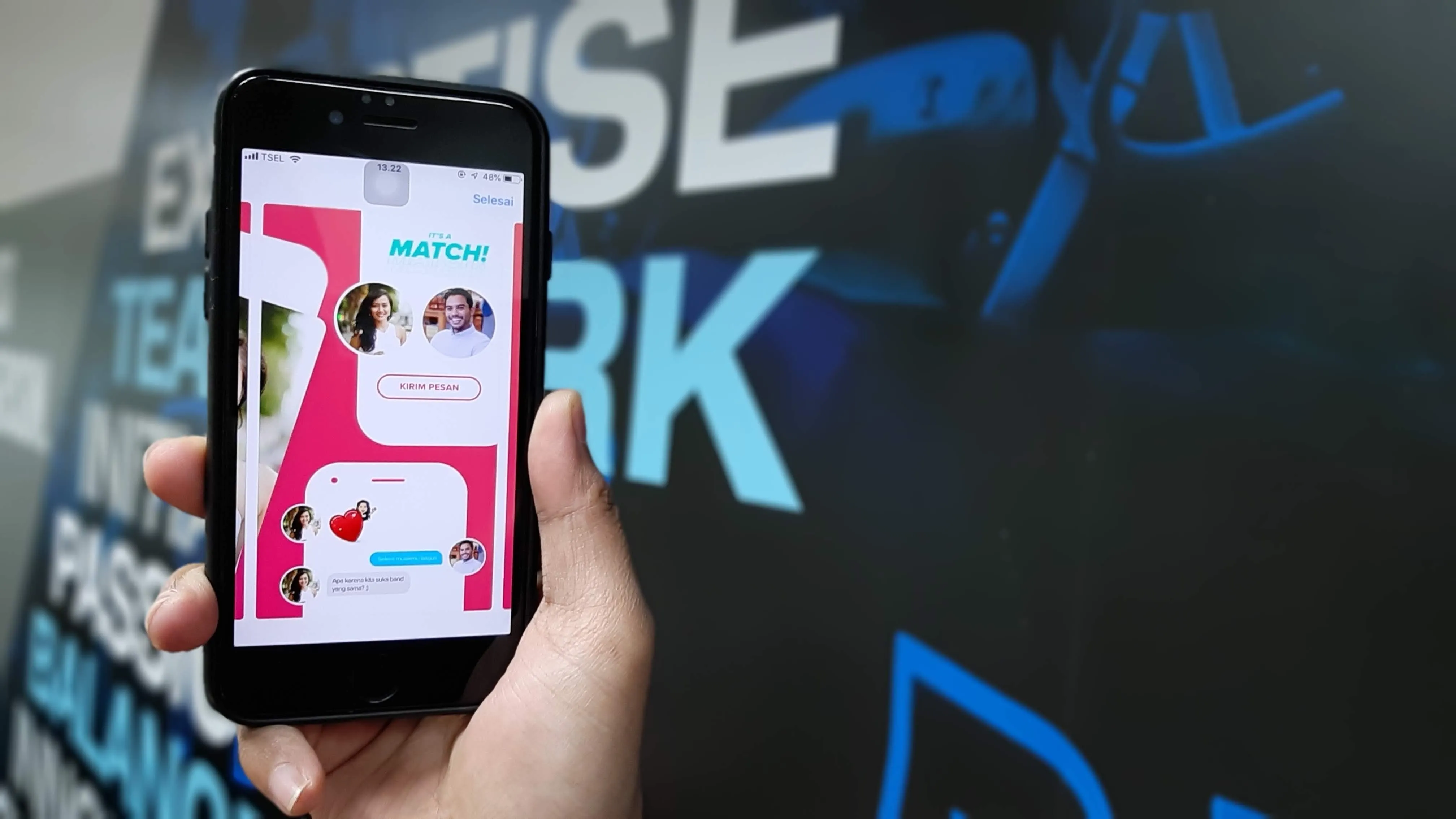As technology advances, we continue to use these innovations to make our lives better, and that includes how we find love. Today, around 50.2 percent of the U.S. population is single — that’s over 124 million people. This higher rate of singles has many people pointing the finger at online dating for making love obsolete. But online dating apps empower singles to find what they’re looking for, whether that be a relationship, a casual hookup, or marriage.
Digital courtship exploded after the release of the first iPhone in 2007 and has since become a multi-billion dollar industry, but it’s been around for a while. Match.com laid the groundwork as the first online dating site in 1995, followed by eHarmony in 2000. As the online dating industry grew, more apps came on the scene. There was OkCupid in 2004, Grindr in 2009, Tinder in 2012, and then Bumble in 2014 — and these are just a few of the available online dating apps.
Three-in-ten adults actively use one or more of these platforms, sometimes up to ten hours a week. Since the COVID-19 pandemic started, online dating apps have not only seen a surge in signups, but an increase in user activity as well. These apps may seem pretty straightforward, but they’re anything but simplistic. Users look to online dating apps to be their modern matchmakers, but it takes advanced technology like location-tracking and complex algorithms to do this, and do it well.
However, users still want an even more personalized experience, which requires even more sophisticated technology. By 2040, 70 percent of couples are expected to meet online. What are dating apps doing to heighten compatibility?
#online-dating #online-dating-security #artificial-intelligence #artificial-intelligence-trends #technology #technology-trends #ai-trends #future-of-ai
